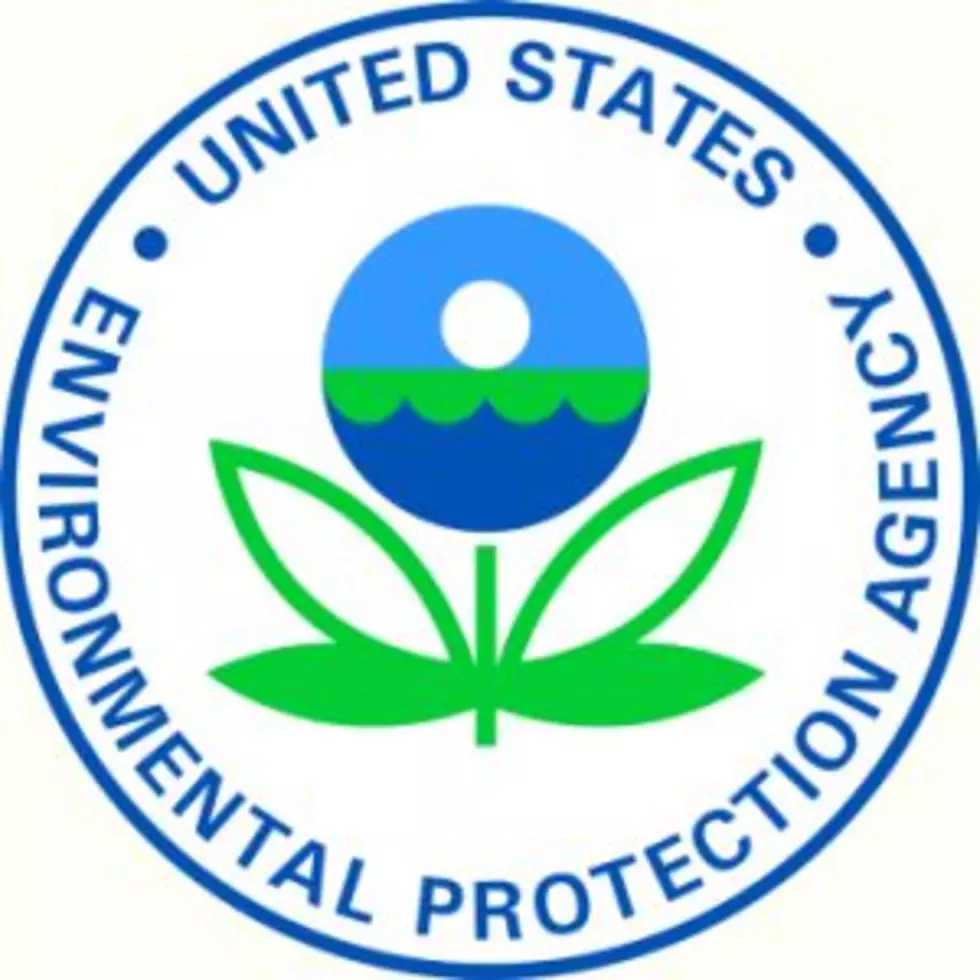
A Leeds, Maine Location Has Been Added to the U.S. EPA List of New Hazardous Waste Sites
Leeds Metal, an abandoned scrap metal facility in Leeds, Maine has been added to the U.S. Environmental Protection Agency (EPA) list of new hazardous waste sites. They have been determined to pose public health and environmental risks to the National Priorities List for cleanup under the Superfund program.
The 36-acre Leeds Metal site is located in a mixed residential and industrial area bounded to the north by a former concrete manufacturing facility, a sand and gravel operation and by Blue Rock Road; to the east by the Rumford Branch of Pan Am Railways; to the south by wetlands and residential properties; and to the west by Route 106.
From Maine.gov:
Formerly a scrap metal recycling facility, (Leeds Metal) is located in a rural area serviced by individual water supply wells. Contaminants from remaining auto shredder waste piles have leached into the soil and groundwater and are threatening these wells. Physical and chemical hazards at the site are also a risk because of unrestricted access. Cleanup activities are underway through a State/Federal team approach to quickly and efficiently tackle the large-scale problems found at Leeds Metal.
“Cleaning up contamination is vitally important to the health of America’s communities," said Mathy Stanislaus, assistant administrator for EPA’s Office of Solid Waste and Emergency Response. “Putting clean land back into productive use leads to increases in property values, generates new jobs and creates a stronger local economy that will strengthen these communities for years to come.”
Contaminants found at the sites include acetone, arsenic, benzene, cadmium, chromium, copper, dichloroethene (DCE), hexavalent chromium, lead, mercury, methyl ethyl ketone (MEK), polynuclear aromatic hydrocarbons (PAHs), polychlorinated biphenyls (PCBs), tetrachloroethylene (PCE), pentachlorophenol (PCP), trichloroethane (TCA), trichloroethylene (TCE), xylene and zinc.
With all NPL sites, EPA works to identify companies or people responsible for the contamination at a site, and requires them to conduct or pay for the cleanup. For the newly listed sites without viable potentially responsible parties, EPA will investigate the full extent of the contamination before starting significant cleanup at the site. Therefore, it may be several years before significant EPA clean up funding is required for these sites.
Source: EPA Press Release
More From 92 Moose






![Environmental Protection Agency Employee Watches up to 6 Hours of Porn a Day…Keeps Job! [Video]](http://townsquare.media/site/490/files/2014/05/EPA-Official-watches-6-hours-of-porn-a-day-on-the-job-screen-grab-copy.jpg?w=980&q=75)


